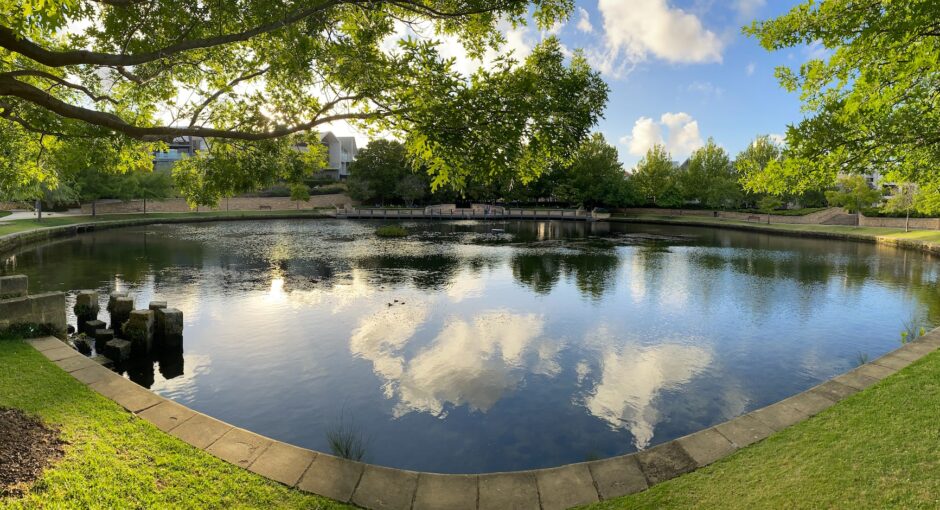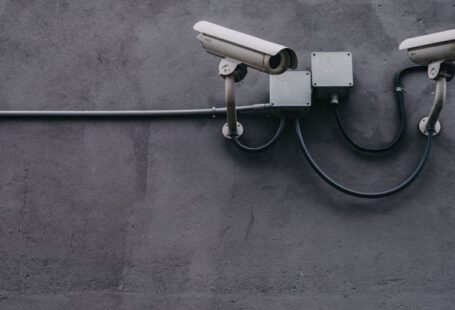Knowing the amount of gallons in a pond is critical for many reasons. It helps you decide the size of pump you should buy, how many fish can be added and how much water treatment is necessary. Furthermore, knowing this number allows for accurate dosing for optimal nutrient levels and aquatic weed control.
A pond’s volume can be estimated using three simple measurements: length, width and depth. If your pond is irregular shaped, however, it may be difficult to estimate its volume using these measurements alone; fortunately, three methods exist that provide a reasonably accurate area estimate even for these challenging shapes.
To determine a rectangular pond’s volume, the most straightforward method is to measure its average surface area. Measure along both length and width of the pond, then average these measurements for total surface area.

Calculating the maximum depth of a pond can be tricky, especially for ponds with plant shelves or other features. To find your pond’s maximum depth, measure it twice perpendicular to its sides and average those numbers.
Once you know your average depth, multiply that figure by the number of gallons in your pond. For instance, if your pond measures 320 feet across and averages 8 feet deep, its maximum depth would be 6 feet. Multiplying this figure by 7.48 gallons per cubic foot gives you the total volume in gallons.
Pond volume is measured in “acre-feet.” One acre-foot represents one surface acre that is one foot deep, so to convert this measurement into acres simply divide the depth by 43,560 square feet per acre.

This number is crucial when stocking a pond, as it ensures there is enough water to support your fish’s health. Additionally, it allows you to determine an effective dosage of treatments that will keep your aquatic friends happy and prevent toxic chemical buildup in the water. Koi ponds require extra attention when it comes to pH balance as their water contains a high concentration of bacteria and other microorganisms that can become toxic if left too acidic. Adding salt helps increase volume in the pond while decreasing pH imbalance risks. Non-iodized salt is ideal as it won’t harm aeration or filtration systems and costs are low – plus, it helps fight nitrite toxicity which could negatively impact fish growth.





